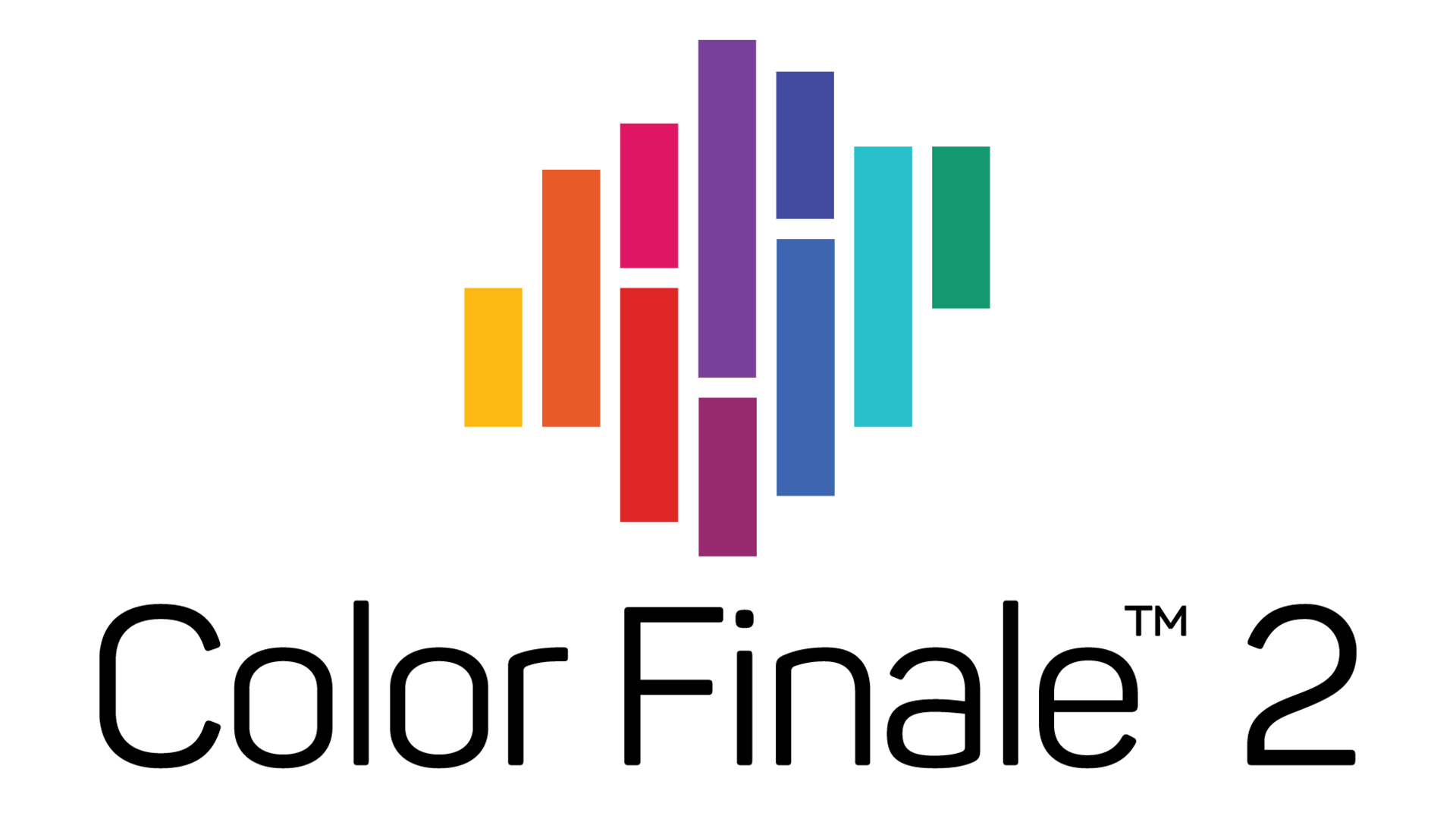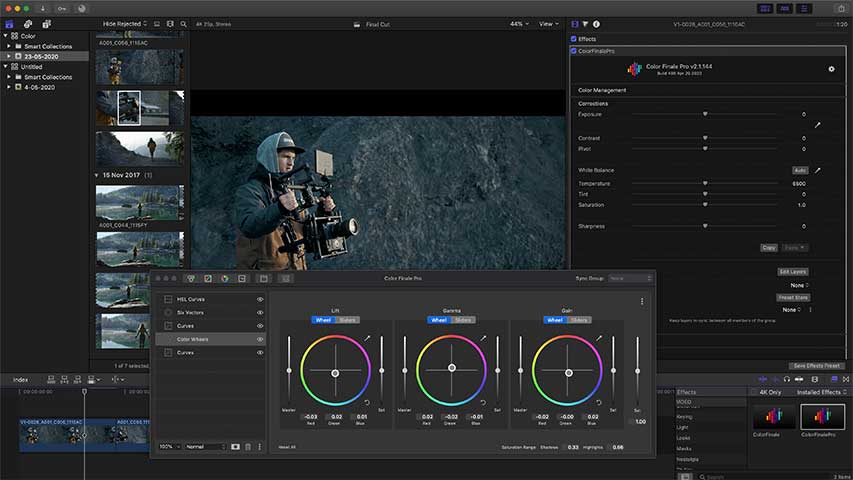
Now drag the outer points down to decrease saturation. To reduce color saturation for black and white, add a control point inwards from each end of the line. Pulling the curve up or down increases or decreases saturation at the brightness value corresponding to that point along the line. From left to right, the base line represents the brightness range from black to white.

One way to achieve this is with the Luma vs Sat curve in the Hue/Saturation Curves tool. When a colorist is creatively adjusting a shot, they still want to end up with nearly pure black at the darkest part of the image and pure white at the brightest. You no longer have anything that’s true black or white in the frame. When you push color correction to an extreme, the black and white detail in the image becomes contaminated by the color shift introduced by your correction. Select the desired blend mode of the connected clip and tweak for your look. Simply compound the sequence and then option-drag the compound up to create a duplicate, connected clip. You can use this trick on single clips or the entire sequence. Push it far enough and the results are almost cartoon-like. Add a sharpening filter to the top clip and now you’ve added some localized contrast. For example, when you add a gaussian blur to the lower clip, the results are a dreamy image. This same trick can be used to create stylish effects. When you drag it above itself and change the top clip’s mode to soft light, it will instantly result in more contrast and saturation. Adjust the blend mode of the connected clip. You now have two versions of that clip in perfect sync with each other. To start, option-drag a clip above itself to create a duplicate as a connected clip. Blend modes (also called composite and transfer modes) are commonly used by graphic artists and designers, but they are also useful in creating special looks for video. The default is the normal mode, which can easily be changed to screen, overlay, soft light, and so on. Timeline clips include blend mode attributes. Once you’ve completed the match, delete the reference image from your timeline. Obviously it won’t make a sunny daytime shot look exactly like a moody night shot from Bladerunner, but it will adopt the overall tonality as closely as possible. Now use match color for a selected clip and skim to that reference film image on your timeline. Import the image file and edit it to the end of your timeline.
#Color finale pro not working final cut pro x download
A great resource for film reference frames is the Shotdeck website (free if you register as a beta user).įind and download a reference frame. For example, let’s say you want your clips to match the tonality of shots from a particular movie. Match color can be used creatively, as well. A common application might be to match A and B cameras to each other. Park on the clip, select match color, skim to the clip used for the match, click on that frame for a preview, and then click Apply Match if you like the preview results.


Match color is different in that it corrects the tonality of a selected clip to match another clip in the timeline. The balance color results are not adjustable (other than to select between automatic or white balance), so consider it a first step to be further enhanced by the other color correction tools. In that case, you’d want to retain the orange/yellow qualities of the shot. The exception is when there’s no clear white reference in the shot, like a close-up on fire. Most of the time, automatic will result in a pleasing enhancement of the image. You can select all of the clips in your timeline and balance them in a single command. This is typically a “best guess,” based on either an automatic overall adjustment or one focusing on white balance.

Balance color analyzes a shot and corrects it to a neutral tonality. Balance Color / Match Colorįinal Cut has offered the ability to auto balance the color of a shot and to match two shots to each other since the early days. Here are five simple tricks you can use to enhance the look of your videos. There are also a number of features and techniques that often get overlooked. Color correction plug-ins are certainly fun to use, but Final Cut Pro X has plenty of horsepower on its own.


 0 kommentar(er)
0 kommentar(er)
